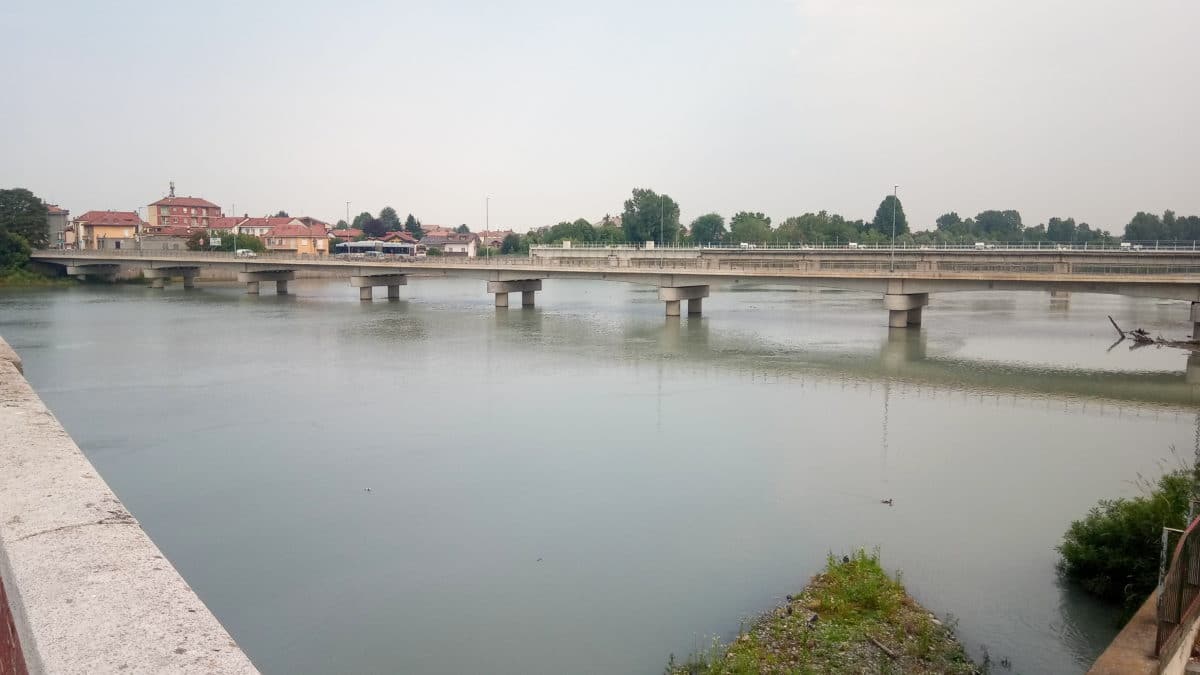The Italian municipality of San Mauro Torinese, in the northern Italian region of Piedmont, has launched a tender for the construction of a PV system on the XI Settembre bridge, which was built in 2001 and is one of the town's two bridges crossing the Pò river.
“The solar array will have a power of around 70 kW and will power the main municipal buildings and some parks located nearby,” the town's mayor, Marco Bongiovanni, told pv magazine. “We have also installed solar installations on other surfaces but the project on the bridge has, for us, a particular value, as it is based on a series of innovative features.”
He also explained that the remaining rooftop surfaces available for PV systems in the town are all located in landscape protection areas adjacent to historic building the Pulcherada Abbey, and the deployment of the panels on these roofs would have compromised the landscape that the municipal administration wants to safeguard.
The bridge system will be south-oriented and will be built at a cost of around €160,000 with special mounting structures that will connect the solar panels to one of the bridge's sides. “It will not be like a conventional solar facade, and will have an inclination designed to receive both sunlight and water glare, which will help increase the power yield of the system,” he further explained. “It will have a sort of vertical orientation that is not homogeneous, so that it looks like a book.”
According to him, the mounting structures have the ability to orient each individual panel in a different way, both on the vertical and horizontal axes, which allows obtaining an optimization of the performance and an aesthetically pleasing configuration. The panels will have an inclination of 80 degrees.
The PV system will be deployed along the entire length of the bridge, which measures around 300m, and will inject surplus power into the Italian grid under the country's net metering scheme, the so-called Scambio sul posto. “We will use full-black solar modules to mitigate the landscape impact of the solar array,” Bongiovanni further explained. “Furthermore, the project's power electronics and the inverters will be designed in a way that power yield is maximized.”
The installation will rely on 220 solar panels with a power output of 320 W and a maximum system voltage of 1,000 V. “They are not particularly more expensive, but have a better aesthetic result,” the mayor stated. “The manufacturer has not been identified yet.”
This content is protected by copyright and may not be reused. If you want to cooperate with us and would like to reuse some of our content, please contact: editors@pv-magazine.com.




2 comments
By submitting this form you agree to pv magazine using your data for the purposes of publishing your comment.
Your personal data will only be disclosed or otherwise transmitted to third parties for the purposes of spam filtering or if this is necessary for technical maintenance of the website. Any other transfer to third parties will not take place unless this is justified on the basis of applicable data protection regulations or if pv magazine is legally obliged to do so.
You may revoke this consent at any time with effect for the future, in which case your personal data will be deleted immediately. Otherwise, your data will be deleted if pv magazine has processed your request or the purpose of data storage is fulfilled.
Further information on data privacy can be found in our Data Protection Policy.